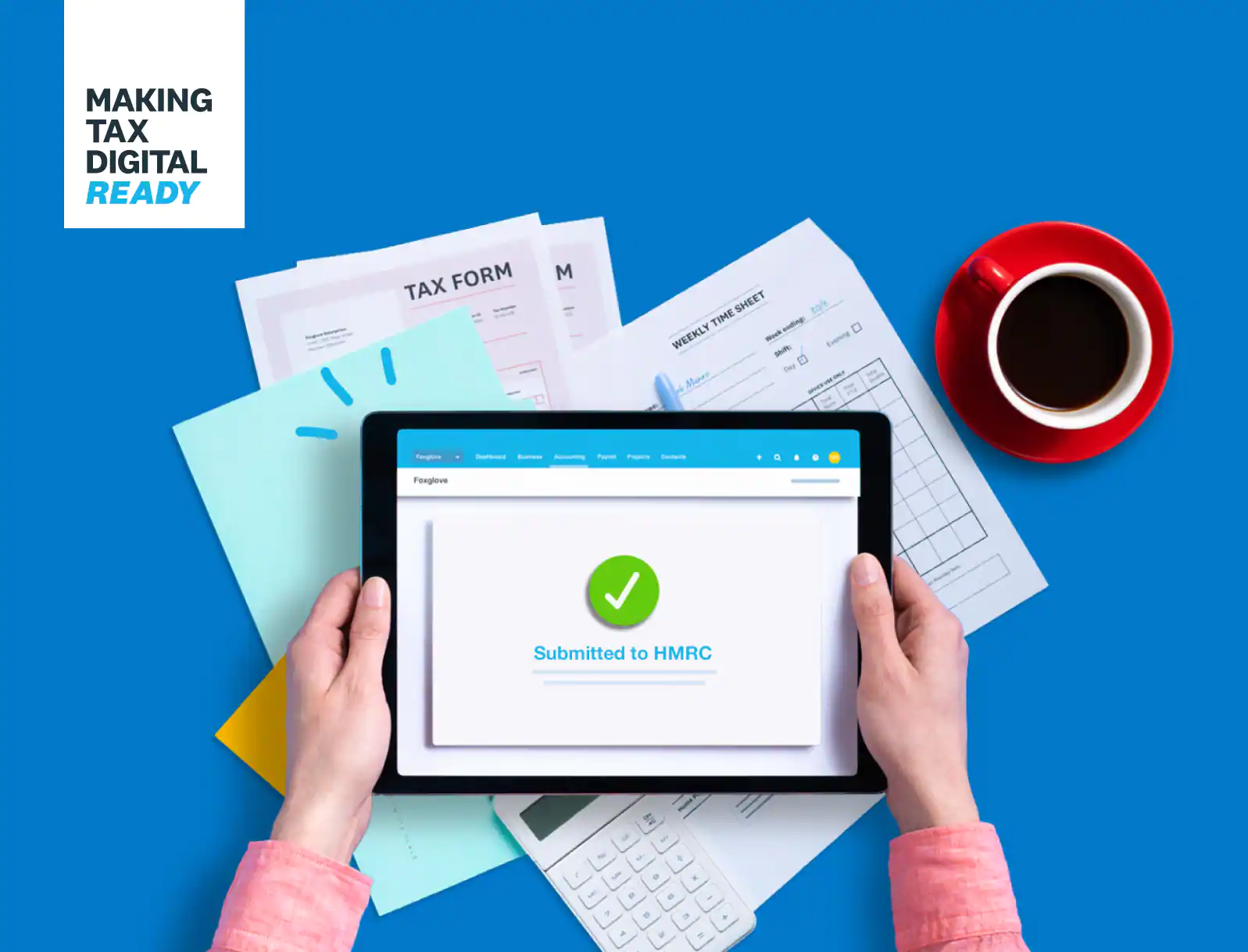MAKING TAX DIGITAL
Making Tax Digital Support & Advice | Accountants In Burton On Trent
Keeping the UK’s tax system running effectively and up to date with advances in technology is no easy task. But the introduction of the Government’s ‘Making Tax Digital (MTD)’ initiative is intended to solve this problem, by moving most taxation over to a digital model.
MTD for VAT began in April 2019, making it compulsory for VAT-registered companies that met the £85k turnover registration threshold to comply. But the initiative will soon be extended to cover ALL VAT-registered businesses, followed by all sole traders and property owners who submit a self-assessment income tax return.
Setting up a digital accounting system for your finances
Getting your accounting system ready for MTD will help to iron out many of the potential pitfalls. For businesses that are operating in the digital domain, the whole process of submitting your VAT and self-assessment income tax returns becomes far easier to action.
If you’re using a cloud accounting platform, such as Xero, Quickbooks or Sage, then you’re already primed and ready for MTD. If not, now’s the perfect time to switch from a paper-based system, or a desktop accounting set-up, over to the multiple benefits of cloud accounting.
As your adviser, we can run you through the planning that’s needed for MTD compliance, and can make sure your digital accounting system is fit for purpose and ready to submit returns.
Talk to us about getting your records, accounting and tax planning ready for MTD.


